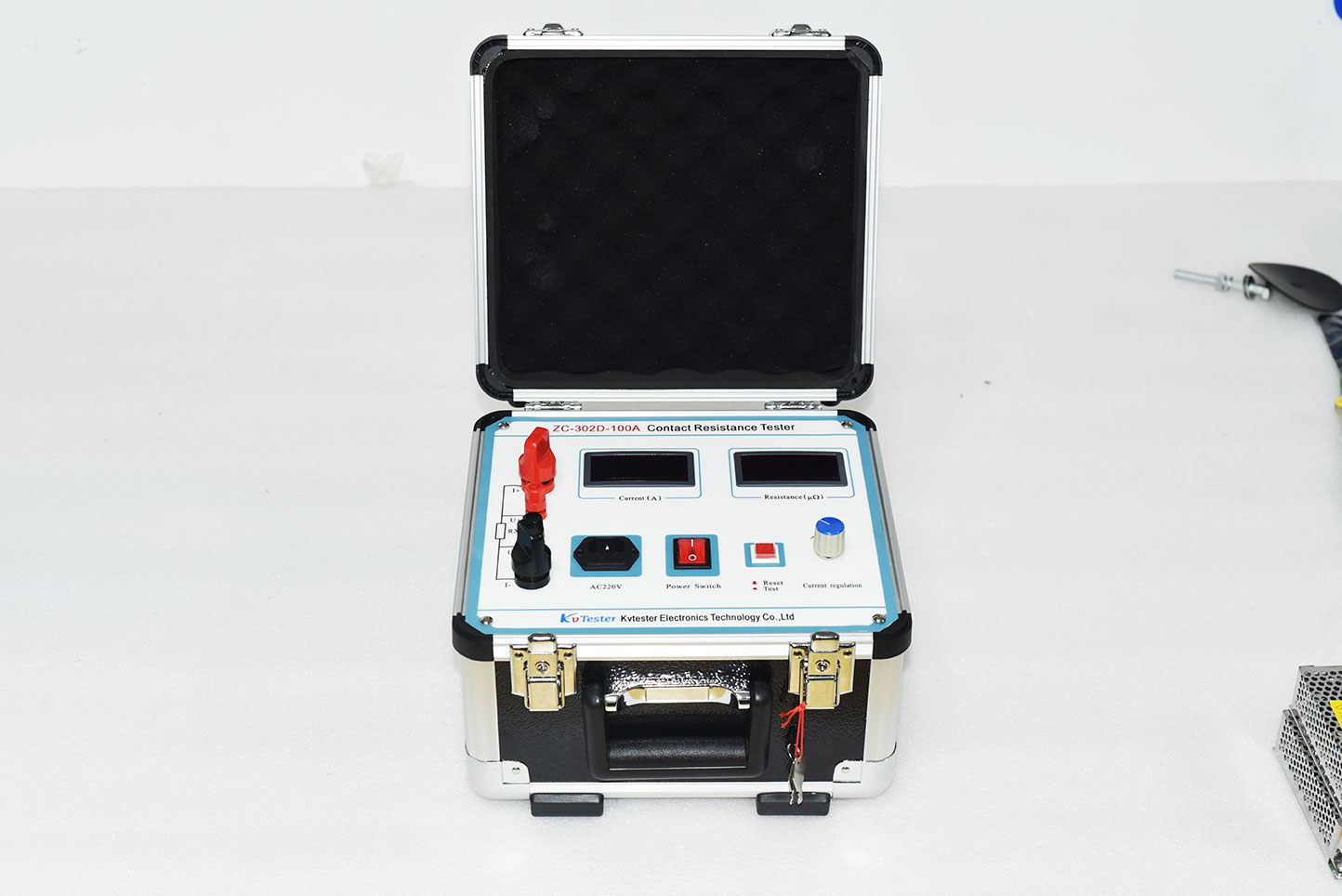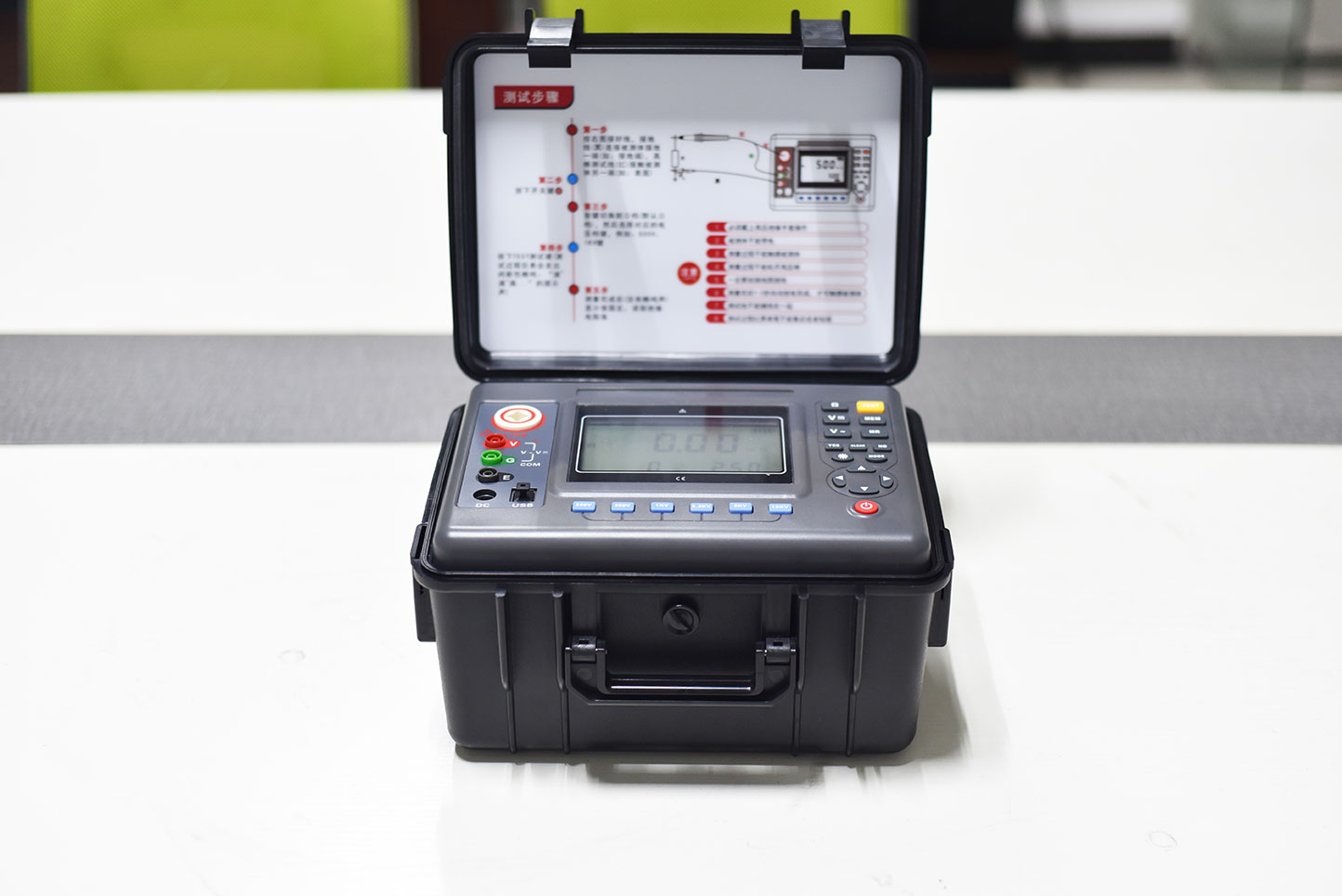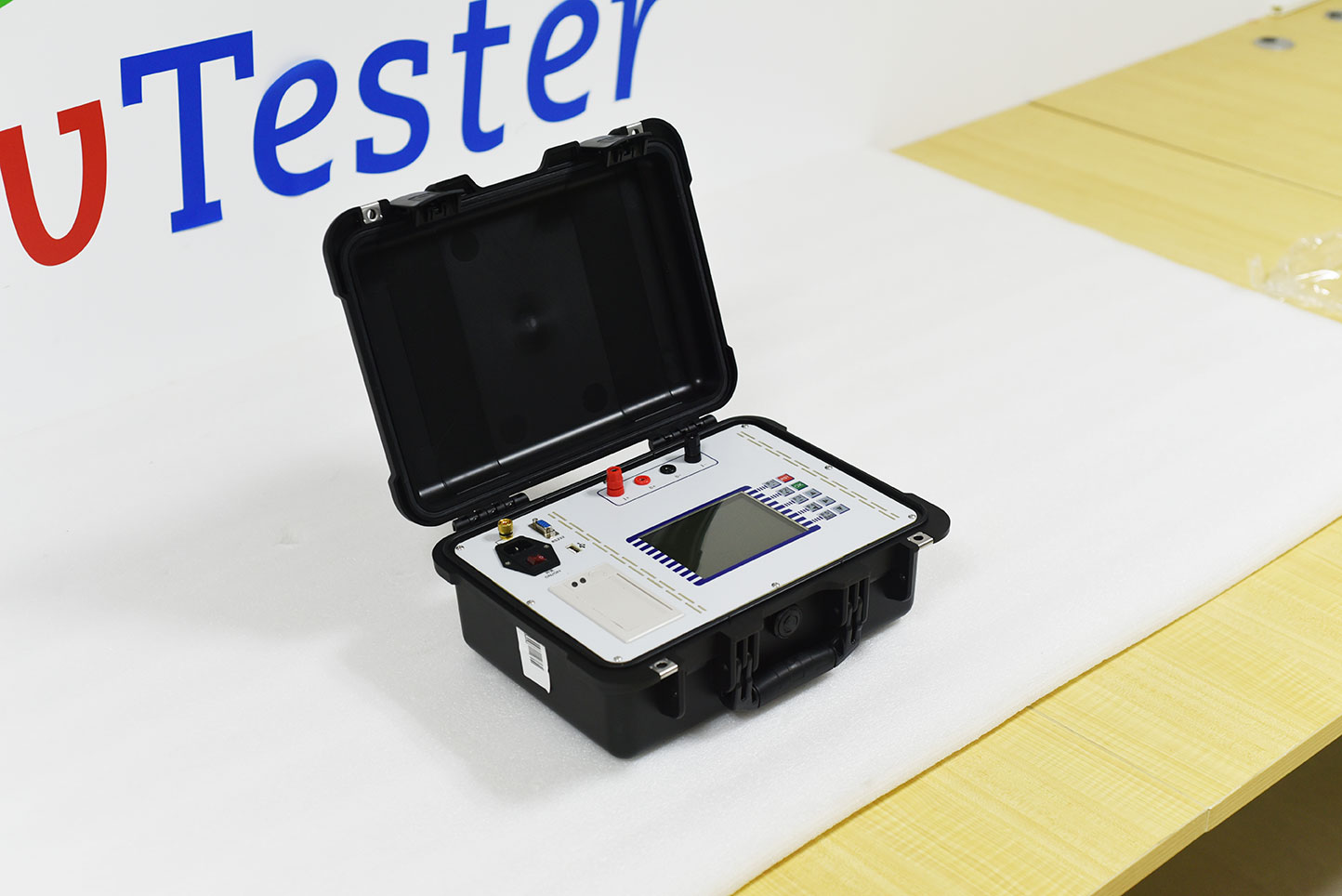Loop resistance
Loop resistance is also a kind of resistance value, which is the main technical parameter to evaluate the performance of conductive loop system. When its value is within the normal range, it is a parameter that can characterize the normality of the conductive circuit. For different data, each type of electronic product has its own loop resistance value. If the circuit resistance value exceeds the value specified by the state, a connection of the conductive circuit is likely to have poor direct contact or damage. If we don't pay attention to this situation, when there is a large current flowing, local heating will begin when we touch these bad places. In serious cases, the conductive circuit will produce a vicious cycle, and the circuit will continue to be oxidized until it is burned and damaged.

For loop resistance measurement, the bridge method is not allowed, and gb763 DC voltage drop method must be used. The test current is greater than or equal to 100A. The loop resistance tester is used to measure the circuit resistance of high-voltage switches, load switches and other switchgear, and can directly reflect the contact state of switch contacts.
Grounding resistance
Grounding resistance is the resistance encountered when the current flows from the grounding device to the earth, and then flows to another grounding body through the earth or propagates to a certain distance. The grounding resistance value reflects the good contact degree between electrical equipment and "ground" and the scale of grounding grid.

Grounding resistance is an important parameter to measure whether the grounding state is good. Grounding resistance refers to the resistance that current flows from the grounding device to the earth, and then flows to another grounding body through the earth or propagates to a certain distance. It includes the resistance between the ground wire and the grounding body itself, the contact resistance between the grounding body and the earth, and the grounding resistance between two grounding bodies or from the grounding body to infinity. The size of the grounding resistance directly reflects the contact degree between the electrical equipment and the "ground", and also reflects the size of the grounding grid. The concept of grounding resistance is only applicable to small grounding grids. With the increase of grounding area of grounding grid and the decrease of soil resistivity, the role of inductive elements in grounding impedance is becoming more and more important. The large grounding grid should be designed with grounding impedance, but the measurement of grounding impedance requires the selection of correct instruments to ensure the accuracy of the measurement results.
DC resistance
DC resistance is mainly used for DC resistance test of inductive load, and the measurement unit is m Ω. The measurement technology of DC resistance is also extremely important. For example, measure the DC resistance of the transformer winding. The DC resistance of transformer winding is an indispensable test and design parameter of transformer after delivery, overhaul and replacement of tap changer. By analyzing and measuring the DC resistance of transformer windings, we can check the welding or connection quality of leads, whether there is inter turn short circuit or open circuit between windings, and whether the tap changer is in contact with society.

The above is a detailed description of the loop resistance, grounding resistance and DC resistance, but in fact these three values are the measured values of the resistance. Just because the measured resistance is different in size and accuracy, a resistance tester is designed separately.







